HTC Sense & Hero
Sense is essentially HTC's new version of TouchFlo. A version of Sense for Windows Mobile is in the works as well, although we were told to expect differences between Sense for Android and Sense for Windows Mobile. HTC wants to tailor each version to fit the strengths as weaknesses of each OS.
It's interesting to see HTC's approach with each OS. With TouchFlo for Windows Mobile, HTC has essentially tried to replace as much of the OS as possible. With Sense on Android, the customizations are extensive, but there is plenty that they left alone, or took and simply expanded. All of it is very seamless, unlike TouchFlo on Windows Mobile, where the jump between TouchFlo and the untouched parts of Windows Mobile is obvious and jarring.
The home screen keeps Android's great customizable, desktop-like home screen system, expanding it to seven possible panels for widgets, and giving you a ton of really nice new HTC widgets to choose from. Pretty much every kind of widget you've ever heard of is present, including weather, stocks, calendar, email, Bluetooth, and, course, contacts.
Each HTC widget also comes in multiple sizes, and many even have different styles to choose from. There are at least 12 different clock styles, for example. You can also choose one big, nearly-full-screen stocks widget, or a tiny, icon-size one. You can even put dozens of tiny stock widgets on your home screens, and set them all to track different stocks.
Compared to the G1 or other "stock" Android devices, the Hero really makes widgets useful right out of the box, and gives you an incredible amount of power and flexibility to put useful info at your fingertips. It really puts lesser widget systems - like Samsung's TouchWiz - to shame.
The home screen also gets a new bar at the bottom to replace the "pull up" tab that would otherwise summon the app menu. The bar includes a small button on left to summon the app menu, and a much larger button labeled "Phone" to bring up the dialer. Making the dialer so prominent seems silly (who dials numbers anymore?) until you realize that it includes a T9-style search function that matches letters and/or numbers to contacts as you "dial", letting you bring up any contact very quickly using nice, big buttons that are easy to use one-handed.
And starting with a finding a particular contact is exactly how HTC expects you to use the device to do most things; Sense is very contact-oriented. Once you've found your friend Roger, you get a typical contact info screen, but then a very TouchFlo-like slider across the bottom lets you switch to other screens that show all emails, messages, Facebook status updates, and photo albums from Roger.
The Facebook integration is much like on the Pre. You just set it up once, and it offers to link all of the contacts that seem to be a match. (You can un-check ones you don't want it to link.) Then it will automatically keep that info in sync going forward.
The browser is the another part of Android that HTC has heavily customized. It's still based on the same WebKit browser as other Android phones, but HTC has done a lot to it. It now supports multi-touch zooming, new text reflow options, Flash (including video), and a slick bookmarks system. Everything works well, including multi-touch zooming.
HTC made sure to tout a new Search button on the Hero. Unfortunately, it doesn't bring up a full-device search like Spotlight on the iPhone. Instead, it brings up a search just for the app you're in. On the home screen, this is a Google web search. In apps like contacts and email, it searches that app.
Most of the other apps are stock Android or very simple. Video capture is supported, and the camera interface is so much like the iPhone it's embarrassing. Both Exchange email and GMail are supported. There is also Twitter support, but it's not as integrated as Facebook and Flickr (yet).
In all, Sense seems like a great example of a manufacturer fully customizing Android, without ruining any of the strengths of the OS. The system is very powerful, although it will still take some getting used to for new users. Unlike the iPhone, where everything is just obvious once you learn the home button, Android does require you to learn the button system of "home, menu, back" and HTC has now added "search" to the learning curve. Looking at the pretty graphics, it's easy to get lost and forget that you need to press one of those buttons to bring up the function you're looking for.


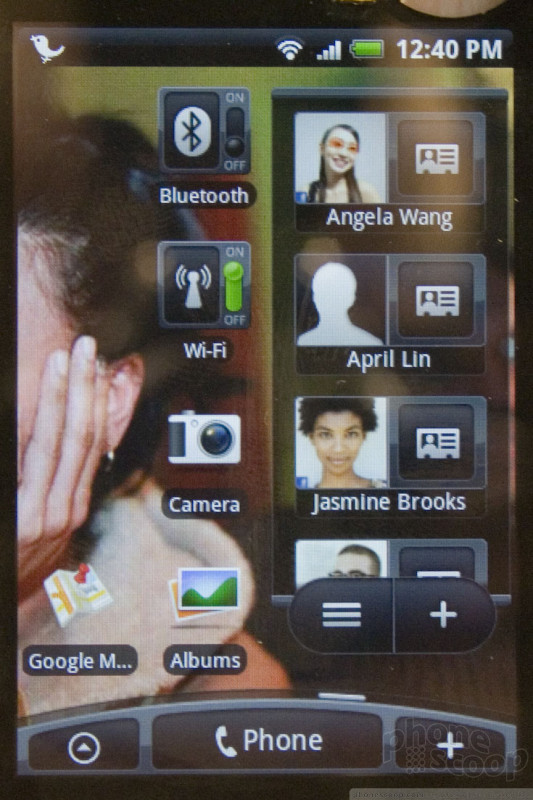
















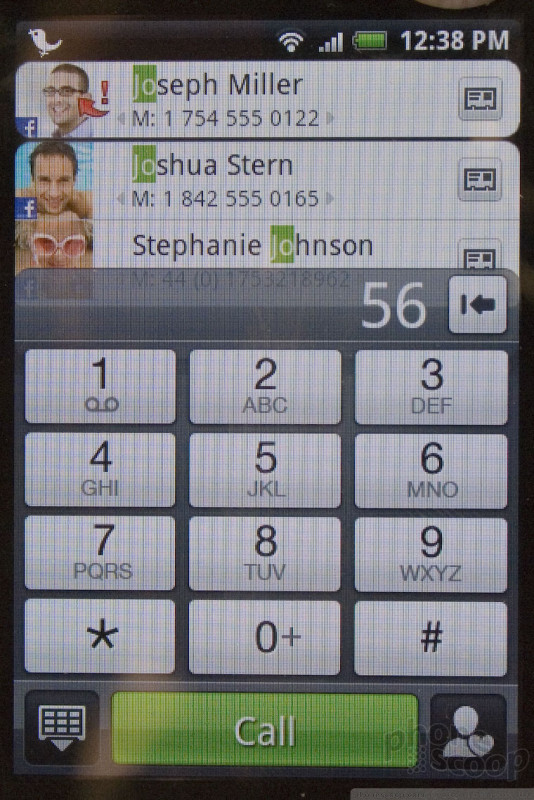


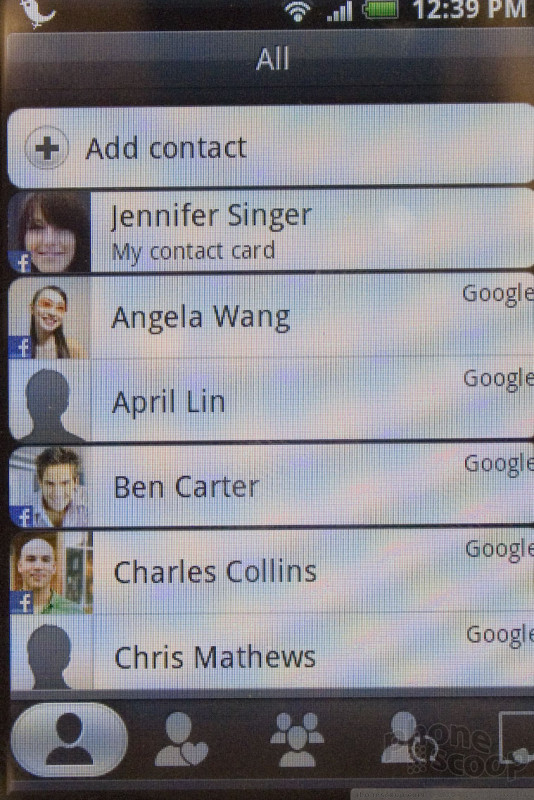
















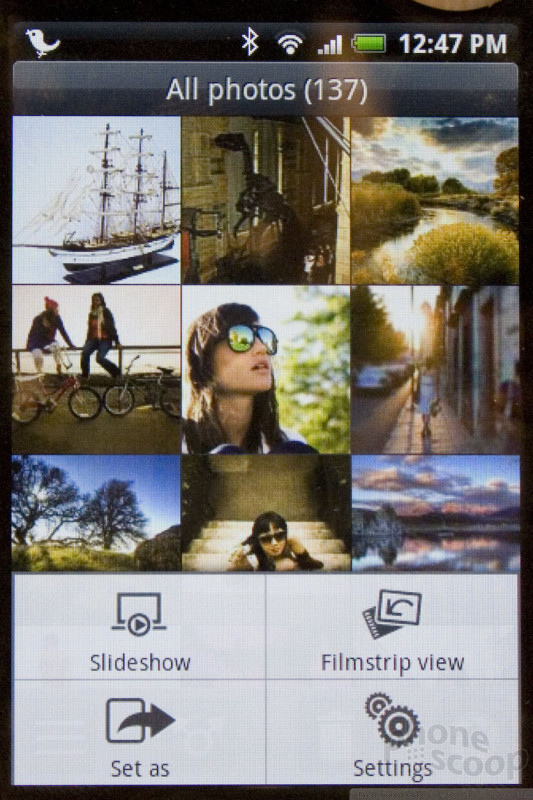




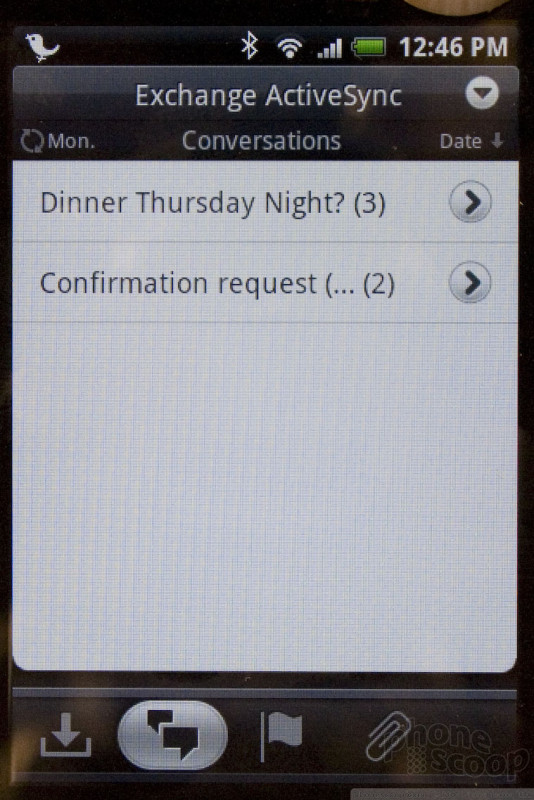



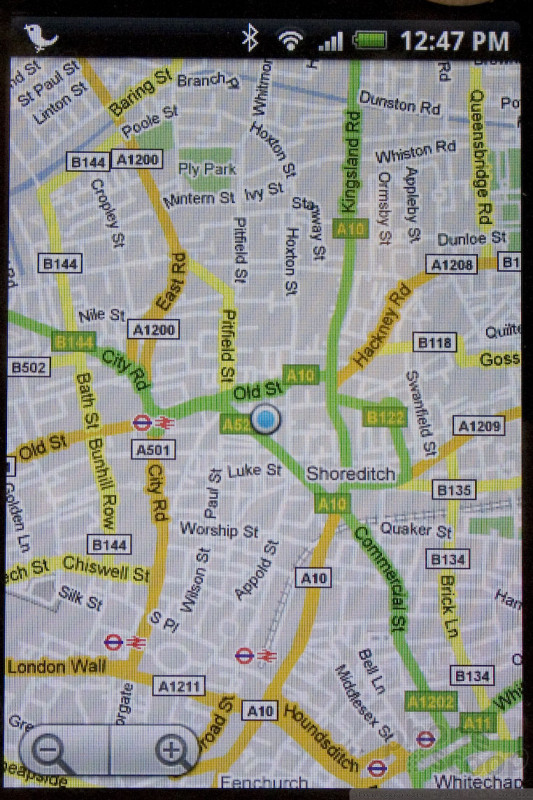






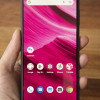 Hands On with the T-Mobile REVVL 6 Pro 5G
Hands On with the T-Mobile REVVL 6 Pro 5G
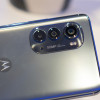 Hands On with the Motorola edge (2022)
Hands On with the Motorola edge (2022)
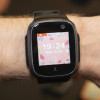 Hands On with Xplora Kids Smartwatches
Hands On with Xplora Kids Smartwatches
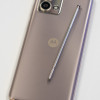 Hands On with the moto g stylus 5G (2023)
Hands On with the moto g stylus 5G (2023)
 Samsung S24 Series Adds More AI, Updates the Hardware
Samsung S24 Series Adds More AI, Updates the Hardware

